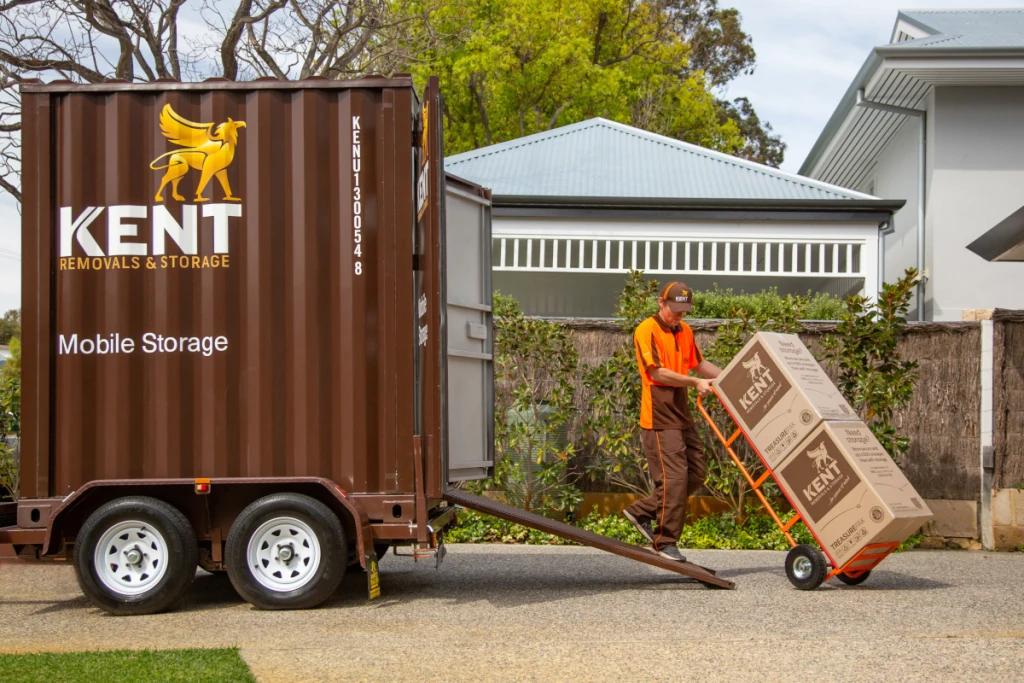Even with careful preparation, moving house can still be a stressful experience. For cats, especially those used to roaming freely outdoors, moving to a new home can be confusing and overwhelming. Outdoor cats rely on routine and familiar places, so they find moving tough.
If you’re wondering how to move a cat to a new house without risking their safety or wellbeing, this guide is for you. Follow this step-by-step plan, based on veterinary advice, to help your outdoor cat settle into their new home with minimal stress.
Pre-Move Checklist for Your Outdoor Cat
Before the moving van arrives, here are key things to do:
✅ Schedule a vet check-up (ensure vaccines are up to date, and administer flea/worm treatments)
✅ Microchip your cat or update address details
✅ Order a secure cat carrier
✅ Prepare a quiet room in the new house
✅ Purchase pheromone diffusers (like Feliway) to ease stress
✅ Gather familiar bedding, toys, food bowls, and litter box
✅ Register your cat with the local council (if required)
1. Choose One Quiet Cat Room
Don’t bring your cat into an empty or chaotic house. After setting up your furniture and creating a calm space, choose a quiet room without outside doors or heavy foot traffic. Consider using a spare bedroom, laundry, or quiet study as your cat’s temporary settling space.
Set up your cat’s essentials in the room include their bed, litter tray, food and water bowls, and a few favourite toys. This “safe zone” will become your cat’s comfort zone during the transition.
Vet Tip: Use a pheromone diffuser in this room a day before arrival to reduce anxiety.
2. Set Up Essentials Before Arrival
Set up a quiet, familiar space where your cat can feel safe. Place food, water, and litter away from each other and ensure your cat has an easy escape route if startled. Avoid placing supplies in corners or confined spaces.
Behavioural Tip: Cats feel most vulnerable when eating or using the litter box. Avoid blocking their view or cornering them during this time.
3. Transport Your Cat in a Secure Carrier
On moving day, place your cat in a secure, well-ventilated carrier with a soft blanket inside. Secure the carrier in the back seat with a seatbelt to ensure safe transport. Keep the ride quiet and smooth, and avoid unnecessary stops to reduce stress.
Vet Tip: Spray the carrier with calming pheromones at least 15 minutes before placing your cat inside.
4. Release Your Cat in the Chosen Room
Once you arrive, take your cat directly to the designated room and close the door securely. Allow your cat to exit the carrier when they feel ready. Sit quietly nearby and offer reassurance through your presence not forced cuddles.
Behavioural Tip: Allow your cat to explore and investigate their surroundings to build familiarity. Avoid loud noises, sudden movements, or introducing strangers during this phase.
5. Offer Comfort and Routine
Keep your cat’s daily schedule consistent. Feed them at the same time and provide familiar items. Sit in the room for a while each day to offer company and reassurance.
Vet Tip: It’s normal for cats to experience appetite changes following a move. If your cat hasn’t eaten within 48 hours, seek veterinary advice.











